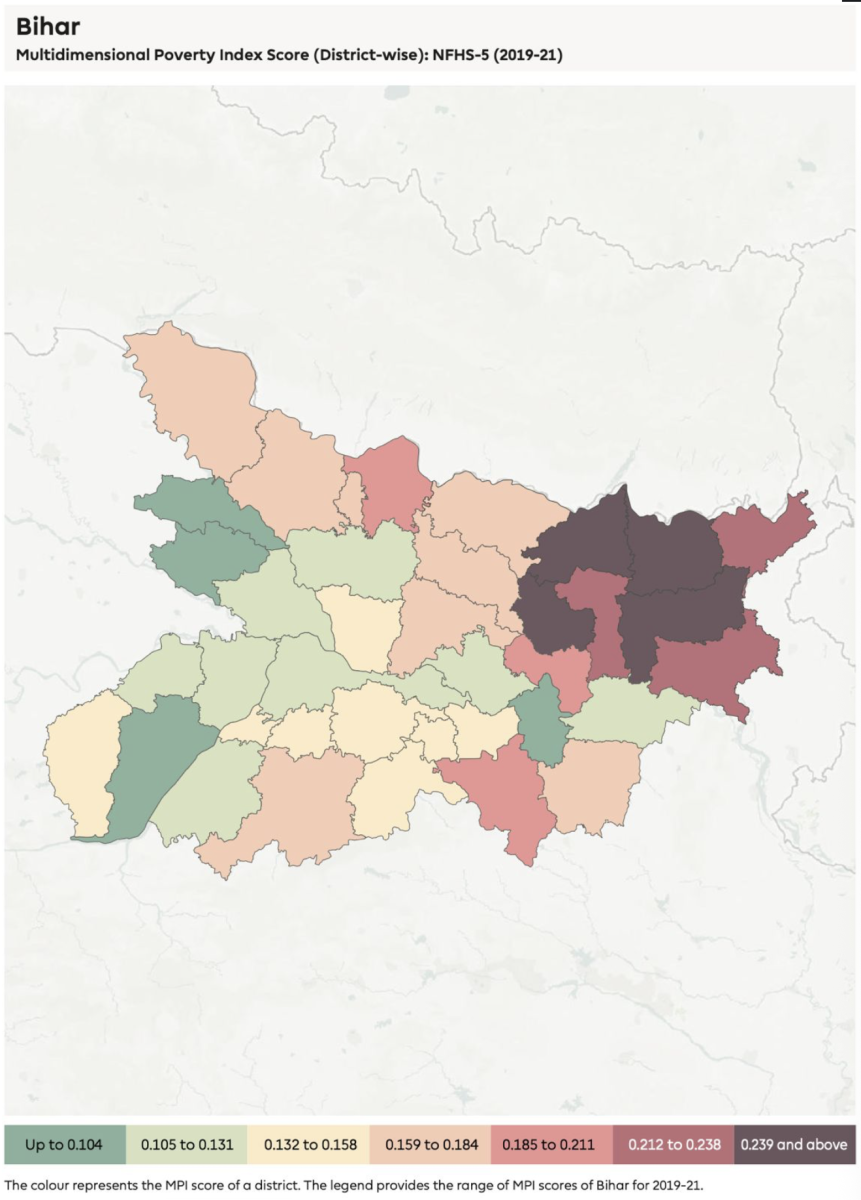EC’s Directive to Update Voter Lists in Bihar Risks Mass Exclusion. Here’s Why
New Delhi: A new directive from the Election Commission of India (ECI) to update voter lists in the state of Bihar has raised fears of mass exclusion.
The move requires crores of voters to prove their eligibility, but analysis suggests the required documents are often unavailable to the state's poorest and most marginalised communities.
According to research by analyst Rahul Shastri, the rule effectively demands that 4.74 crore people – nearly 60% of Bihar's electorate – prove their eligibility.
The main problem lies with the type of proof required. By focusing on documents like the 10th-grade matriculation certificate, the ECI risks penalising people for the very poverty and lack of education they have long endured.
An analysis of government data reveals a threefold problem based on geography, demography, and the state's own administrative history.
Table: Document Availability for Bihar's Adult Population
The data is clear. With the most common documents like Aadhaar and Ration Cards not on the list, the burden of proof falls on scarce certificates.
Geography of exclusion
The focus on the matriculation certificate creates the first problem. Shastri's analysis estimates that between 2.4 and 2.6 crore people in the 18-40 age group may not have this document. Official literacy and poverty data show this burden will fall most heavily on a distinct belt of deprived districts.

Female literacy rates are a strong indicator of these vulnerable areas. The 2011 census recorded Bihar’s female literacy at just over 53%, a full 20 percentage points behind the male rate.
The districts with the lowest overall literacy in 2011 are a map of this vulnerability: Purnia (52.5%), Sitamarhi (53.5%) and Katihar (53.6%). These areas of educational deprivation align almost perfectly with the map of multidimensional poverty shown above.
Chart: Lowest Literacy Districts
Impact on caste and religion
The data shows the rule is not just geographic in its impact, but also demographic. It is most likely to affect Bihar’s historically marginalised social groups: Extremely Backward Classes (EBCs), Scheduled Castes (SCs), and the state's large Muslim minority.
Chart: Poverty by Social Group
The 2022 Bihar Caste Survey shows the educational gap. While nearly 14% of the General category population are graduates, the figure falls to just under 8% for EBCs and below 6% for SCs. The Muslim population's graduation rate is also a low 7.6%.
Chart: Graduation Gap by Social Group
Chart: Pregnancy Registration by Religion
Lack of birth certificates
For the many without a school certificate, the birth certificate is the only other option. In reality, it is a rare document in Bihar.

The NFHS-5 (2019-21) found that only 56% of children under five have a birth certificate, and only 75% of births were even registered. This raises a critical question: if the state fails to register a majority of births today, how can it expect older citizens to produce documents that were often unavailable to them in the past?
So, the ECI's verification drive in Bihar is based on a set of documents that a large part of the population does not possess.
Analysis shows this creates a clear pattern of exclusion, affecting the state's poorest districts, its marginalised castes, and its Muslim minority.
Critics and analysts argue that without expanding the list of accepted documents to include widely-held IDs like Aadhaar and ration cards, the exercise risks preventing crores of eligible citizens from voting.
This article went live on July third, two thousand twenty five, at eighteen minutes past six in the evening.The Wire is now on WhatsApp. Follow our channel for sharp analysis and opinions on the latest developments.




